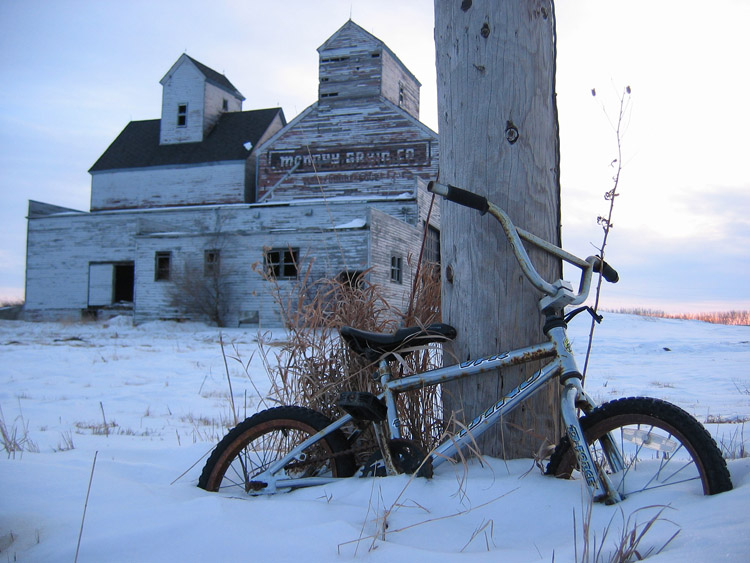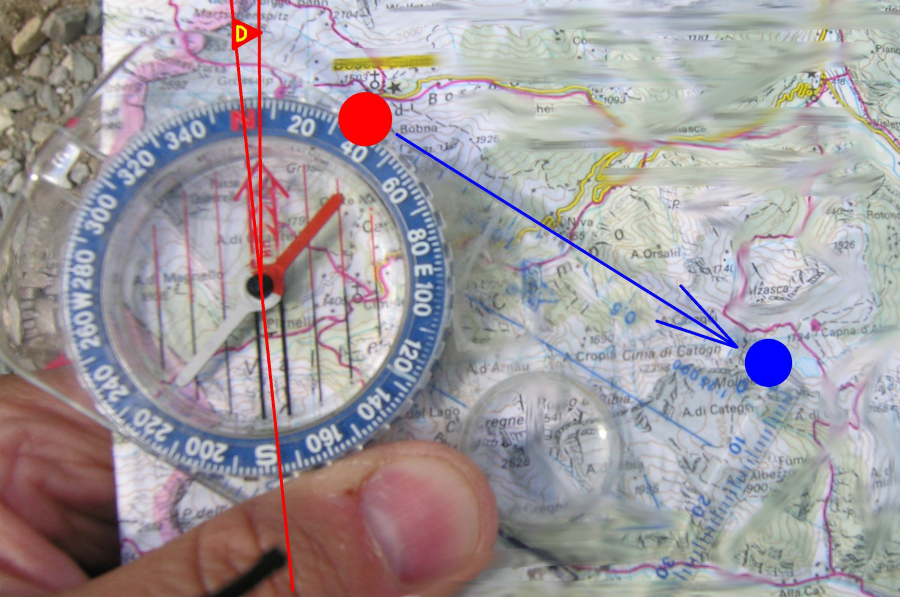Tips and tricks to protect yourself from venomous snakes
03/10/2020 / By Darnel Fernandez

When you’re out and about in the wilderness, you should always be aware of the potential dangers you could encounter. One of the more dangerous things you could find in the wild is a venomous snake. Any serious survivalist should know how to identify venomous snakes and how to treat their bites. However, knowing the enemy is only half the battle. Even as a beginner survivalist, if you take the proper precautionary methods, even you can avoid direct confrontation with any type of snake altogether. (h/t to ReadyNutrition.com)
Slithering survival
North America is home to over 20 different species of venomous snakes, with at least one making its home in every state except for Alaska. While these snakes rarely attack at their own discretion, many people can find themselves unintentionally intruding in their territory, leading to unexpected snake bites. The Centers for Disease Control and Prevention (CDC) estimates that around 8,000 people get bitten by venomous snakes each year in the United States, with around five people succumbing to the venom. The CDC claims that these deaths would be significantly higher if people did not immediately seek medical help.
One of the best ways to take care of a snake bite is to simply avoid being bitten in the first place – but this is easier said than done. Many snakes tend to seek solace in the shade, especially during hot days. This makes it much harder to spot them before it’s too late. In addition, some snakes are also quite adept at camouflage, turning normal leaf litter into something potentially dangerous. Thankfully, having access to some basic information on these snakes found in your area can help you become aware of their habits and patterns to easily avoid them.
When you’re out on a hike or even just a stroll through the woods, it would be best to stay on the trail as much as possible. As fun as it would be to wander off the beaten path, your chances of encountering a snake increases exponentially the further you get into uncharted woods. Walking off the trail means walking through tall grasses or heavy underbrush – both places that tend to be popular snake spots. If you must walk off the trail, keep a sharp eye out and watch your step. Having a stick with you to probe the ground ahead can also be an effective countermeasure for snakes.
Rock climbing can also be a perilous task when traversing snake country. Similar to tall grass, rocky walls can have dark nooks and crannies that are perfect hiding spots for snakes. You should always check before you put your hand in any hole or gap.
However, if worse comes to the worst and you somehow got bit by a venomous snake, the first thing you should do is stay calm. Moving around will help the venom spread throughout your body, and contrary to most movie depictions, sucking out the venom doesn’t actually work. (Related: Bitten by a snake? Here’s what you should do.)
When bitten by a snake, you should seek medical attention as soon as possible. Have someone call 911 if you aren’t able to do so yourself. While waiting, DO NOT apply a tourniquet. This would only restrict blood flow and make the venom more potent in the affected area.
When you’re out in the wild, it’s important to take note that you’re simply sharing space with wild animals. Therefore, you should practice constant vigilance to ensure that you aren’t overstepping your boundaries and intruding on their territory. Learn more about how to treat snake bites at Survival.news.
Sources include:
Submit a correction >>
Tagged Under:
bug out, emergencies, first aid, off grid, preparedness, prepping, prevention, SHTF, snake bites, snakes, survival, Survival Tips, survivalist, venomous snakes, wilderness survival
This article may contain statements that reflect the opinion of the author
Get independent news alerts on natural cures, food lab tests, cannabis medicine, science, robotics, drones, privacy and more from NewsTarget.com
Get independent news alerts on natural cures, food lab tests, cannabis medicine, science, robotics, drones, privacy and more from NewsTarget.com
RECENT NEWS & ARTICLES
SHTF.News is a fact-based public education website published by SHTF News Features, LLC.
All content copyright © 2018 by SHTF News Features, LLC.
Contact Us with Tips or Corrections
All trademarks, registered trademarks and servicemarks mentioned on this site are the property of their respective owners.






















